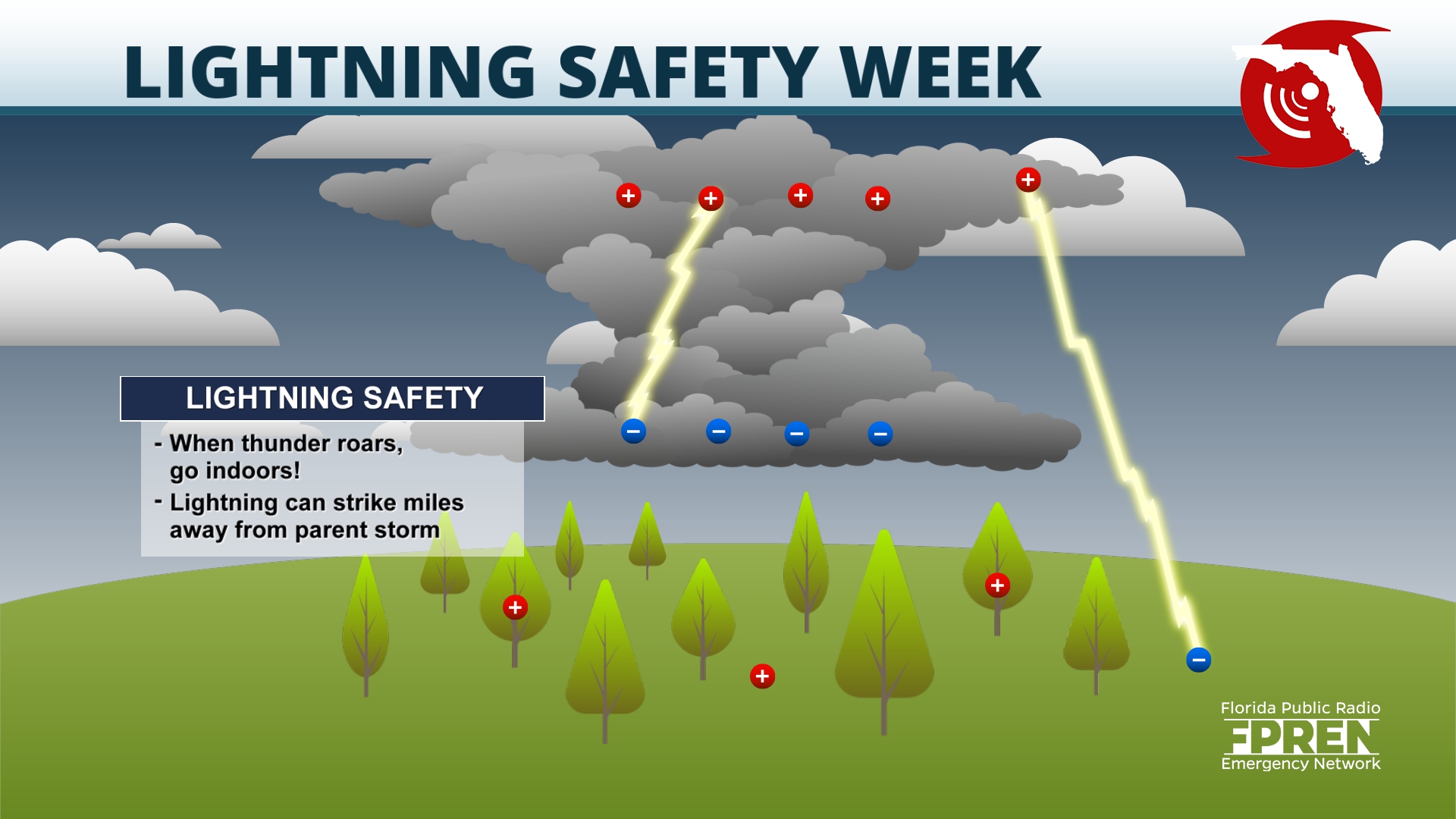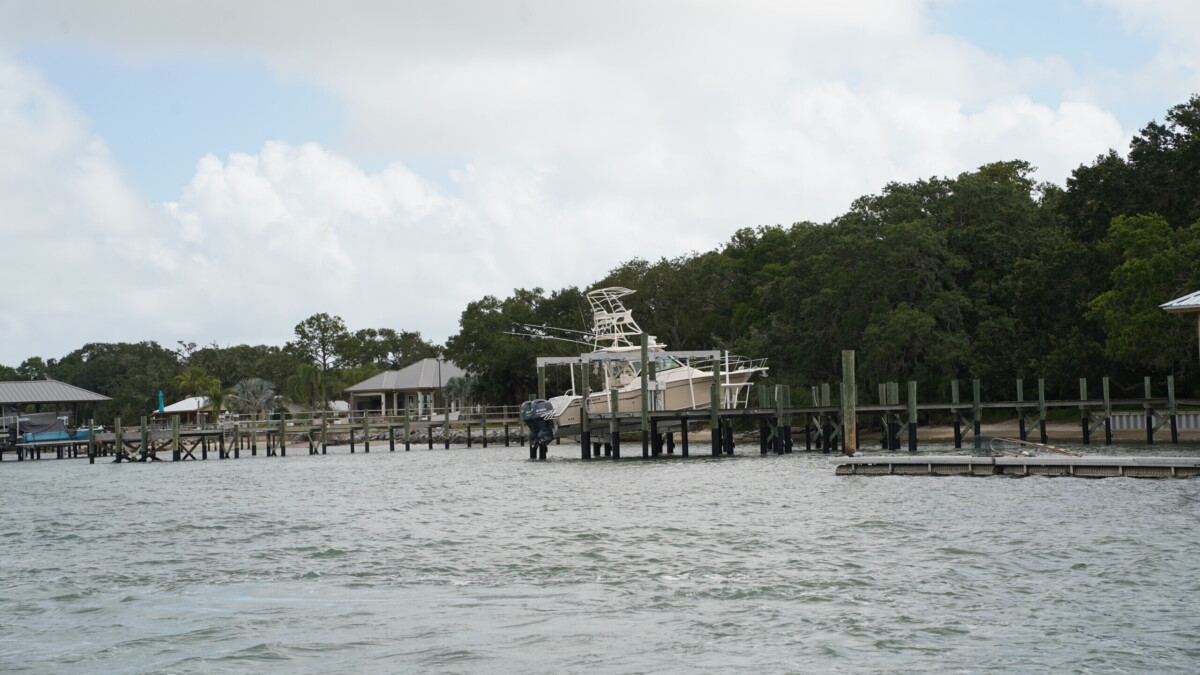This week is Lightning Safety Awareness Week, and Florida is the deadliest state in the nation in terms of lightning.
Between 2013 and 2022, 51 people were killed by lightning in Florida. That’s more than double the nation’s second deadliest state for lightning, Texas, where 19 people lost their lives in that stretch of time.
Overall, in the United States, lightning injures hundreds of people and takes nearly 30 lives each year. But these numbers are falling.
In 2001, a group of meteorologists, medical doctors, lightning researchers and safety experts came together to form the National Lightning Safety Council. The council collaborated on strategies to reduce lightning fatalities, focusing on improving the messaging regarding best practices around thunderstorms. Each year, the group reaches out to the media to reinforce this message, and to repeat the safety slogan “when thunder roars, go indoors.”
Numbers are encouraging. When the organization began promoting lightning safety in 2001, the average annual lightning deaths across the United States was about 55. But that number has been cut dramatically, to less than 30 deaths per year today. Part of the difficulty in reducing lightning deaths is overcoming lightning myths and public misconceptions about lightning and its behavior.
For example, many people still believe that the rubber in the tires of their cars protects the passengers from a lightning strike. In fact, when a vehicle is struck by lightning, a tire is often destroyed as lightning travels through the steel belts in the tires. It’s the metal exterior of the car that offers protection to passengers from lightning strikes, because the electricity travels through the exterior cage of the car and into the ground.
This is similar to the protection provided by a home or sturdy building, where the electric current of the lightning will travel through the outside shell and protect individuals taking shelter inside.
To estimate the distance from a lightning strike, you can measure the time between seeing the lightning and hearing the thunder. Every five seconds between the lightning and thunder represents 1 mile. For example, if there is 10 seconds between seeing the lightning and hearing the thunder, the lightning is 2 miles away.
Even though there is always a sound of thunder with a lightning strike, it is not unusual to see lightning flashes from a distant thunderstorm, especially at night, that has no audible thunder. This phenomenon of seemingly “silent” lightning is known as “heat lightning.” Thunder is rarely heard from lightning strikes more than 10 miles away.
Using our counting rule for lightning and thunder, if there is a lightning strike at the limit of human hearing, 10 miles away, the amount of time between the lightning and thunder will be 50 seconds. That’s almost a full minute. Lightning strikes can commonly occur 20 miles away from a parent thunderstorm, which is around double the distance traveled by the sound of thunder.
As we enter the summer vacation season and enjoy our beaches and the increase in thunderstorms that come with the increases in temperatures, it’s important to take the threat of lightning seriously.
The National Weather Service provides the public with watches and warnings when thunderstorms become severe. But lightning in nonsevere thunderstorms is just as deadly as the lightning in a severe thunderstorm, and there will often by no warning.
To stay safe, it is vital to stay aware when storms move into your area and to take shelter inside away from the storm, whether or not you can hear the thunder. When thunder roars … stay indoors.






